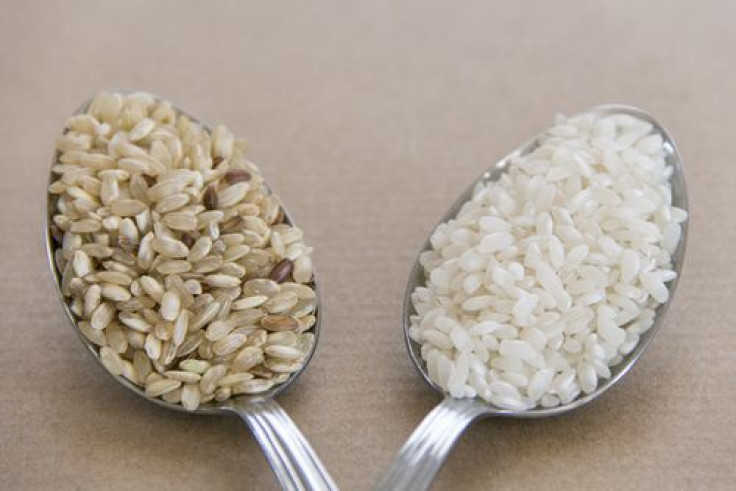Eating Rice Helps Japanese Men And Women Get To Sleep, And So Do These Other High Glycemic Foods

You’ve heard of the glycemic index (GI), but you weren’t really sure what that meant… until now. The GI involves a list of foods ranked by how they affect a person’s blood sugar. Low-glycemic foods don’t spike insulin and blood sugar as fast as high-glycemic foods do. And surprisingly, it’s the latter, which makes it hard to manage diabetes, that’s associated with better sleep.
Starchy staples, such as rice, bread, and noodles, are the high-glycemic foods a recent study in PLOS ONE evaluated the effects of in nearly 2,000 Japanese men and women. The Industrial Health and Safety Law in Japan requires employers to conduct annual health exams for their employees, so in addition to this data, researchers administered a questionnaire to gauge diet and exercise habits among participants. To assess sleep quality, researchers used the Japanese version of the Pittsburgh Sleep Quality Index, observing sleep quality, latency, duration, efficiency, disturbances, use of medication, and daytime dysfunction.
When comparing all of these data together, researchers found men and women who reported a higher dietary GI and higher rice intake were also reporting a good night’s sleep, namely good sleep duration. While bread intake (white bread and pizza) wasn’t associated with sleep quality, higher noodle intake (Japanese noodles and pasta) was associated with poor sleep. Those who ate more bread also happened to drink more alcohol, a known sleep thief. Researchers wrote high dietary GI may positively impact sleep as a result of more tryptophan (see: you after last year’s Thanksgiving dinner) and melatonin, the sleep hormone.
According to the study, Japanese people consume up to 10 times more rice than European and North American people. They also generally have a higher dietary GI (70) than Western populations (up to 60) — yet only a little more than half of the population reported getting a good night’s sleep when taking the National Sleep Foundation’s 2013 International Bedroom Poll.
So do we take these findings with an, ahem, grain of salt? Not quite. Remember that prior research we said supports a high-glycemic diet when it comes to sleep? One, if not the pioneer, example can be found in The American Journal of Clinical Nutrition. Researchers found high-glycemic foods, also low in carbohydrates, reduced sleep onset latency; that is, the amount of time it takes to transition from wakefulness to sleep.
Rice in this study included white rice, white rice mixed with barley, white rice with wheat germ, and brown rice. To keep it healthy, go for the white rice mixed with either barley (pearled barley ranks lower on the GI) or wheat germ. This limits your total intake, as well as helps to offet the arsenic Consumer Reports found lurks in a lot of foods.
Brown rice would be the first choice if it didn’t rank in the intermediate section of the index at 55. High-glycemic foods typically rank 70 and above. And it's worth nothing that some high-glycemic foods are low-calorie, nutritious options. A few of those include rice cakes, watermelon, baked potato, and parsnips.
If you are struggling with diabetes, whether you’re pre-diabetic, Type 1 or Type 2, consult with your doctor before working some of these foods into your diets. Though occasionally consuming the lower-calorie options can boasts benefits, it's often in conjunction with other foods, such as complex carbohydrates (the good kind). Too many high-glycemic foods on their own can reverse the effects they offer when eaten in moderation.
Source: Yoneyama S, Sakurai M, Nakamura K, Morikawa Y, Miura K, et al. Associations between Rice, Noodle, and Bread Intake and Sleep Quality in Japanese Men and Women. PLOS One. 2014.



























